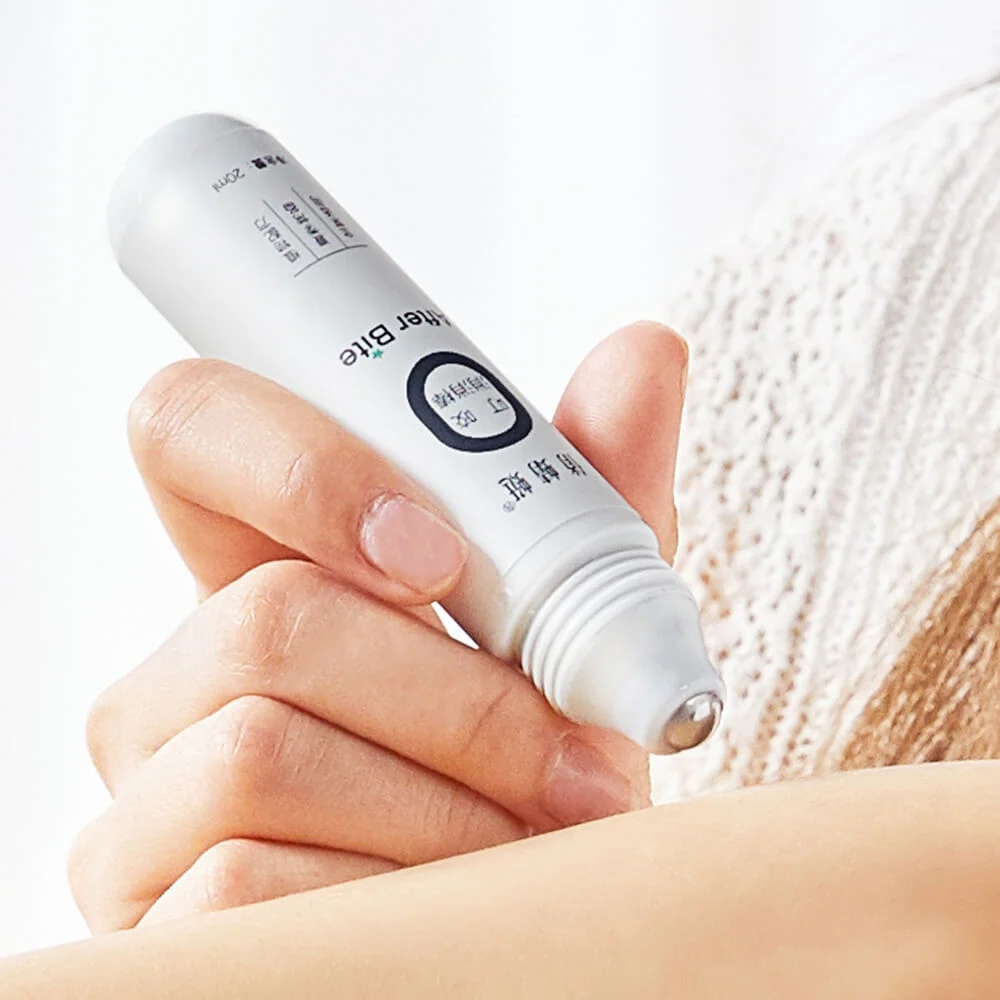

Make a lukewarm bath of epsom salts or oatmeal.Make a paste of baking soda and water and apply to the rash.The parasite seems unwilling to burrow past it to get into the skin. Don’t feed animals near standing or slow moving water.Make sure you wash out your swim suits after every use!.Rinse your body off immediately after swimming and vigorously dry yourself with a towel.Staying out of shallow water helps keep the parasite from sticking to you. Make your way into deeper water if you’re a confident swimmer.Avoid places where others have come back with a rash, avoid places where snails are common, and avoid stagnant water where a parasite could thrive. Choose spots where you’re going to swim carefully.Small pimples that show up after you wash.As long as you are maintaining and chlorinating your water you should be able to swim without fear of infection. It is important to note that well maintained swimming pool water is not a suitable habitat for the parasite larvae. The parasite is very likely to continue inhabiting the waters and each subsequent exposure to the parasite larvae will cause progressively more severe symptoms. If you or your children develop swimmer’s itch from a certain body of water you should avoid it whenever possible. The second stage larvae that hatch from the snail are the ones that attempt to infect humans, so you want to be sure you avoid any water that is slow enough for snails to live comfortably! Once they eggs of the parasite reach water they hatch and begin to search for aquatic snails. Waters that are frequented by ducks, geese, gulls and mammals like raccoons are most likely to be infected. This causes an allergic reaction, the itching, and a rash.
#SWIMMERS ITCH RELIEF SKIN#
The parasite is unable to live in humans, but the larvae will still burrow into the skin trying to infect. It is caused by small microscopic parasites that have infected birds and other animals that have then contaminated the water close to the shore line.

Swimmer’s itch is also known as cercarial dermatitis. One of the causes of itching skin after swimming in natural water is swimmer’s itch, an itchy rash that develops small pimples that could turn into blisters.


 0 kommentar(er)
0 kommentar(er)
